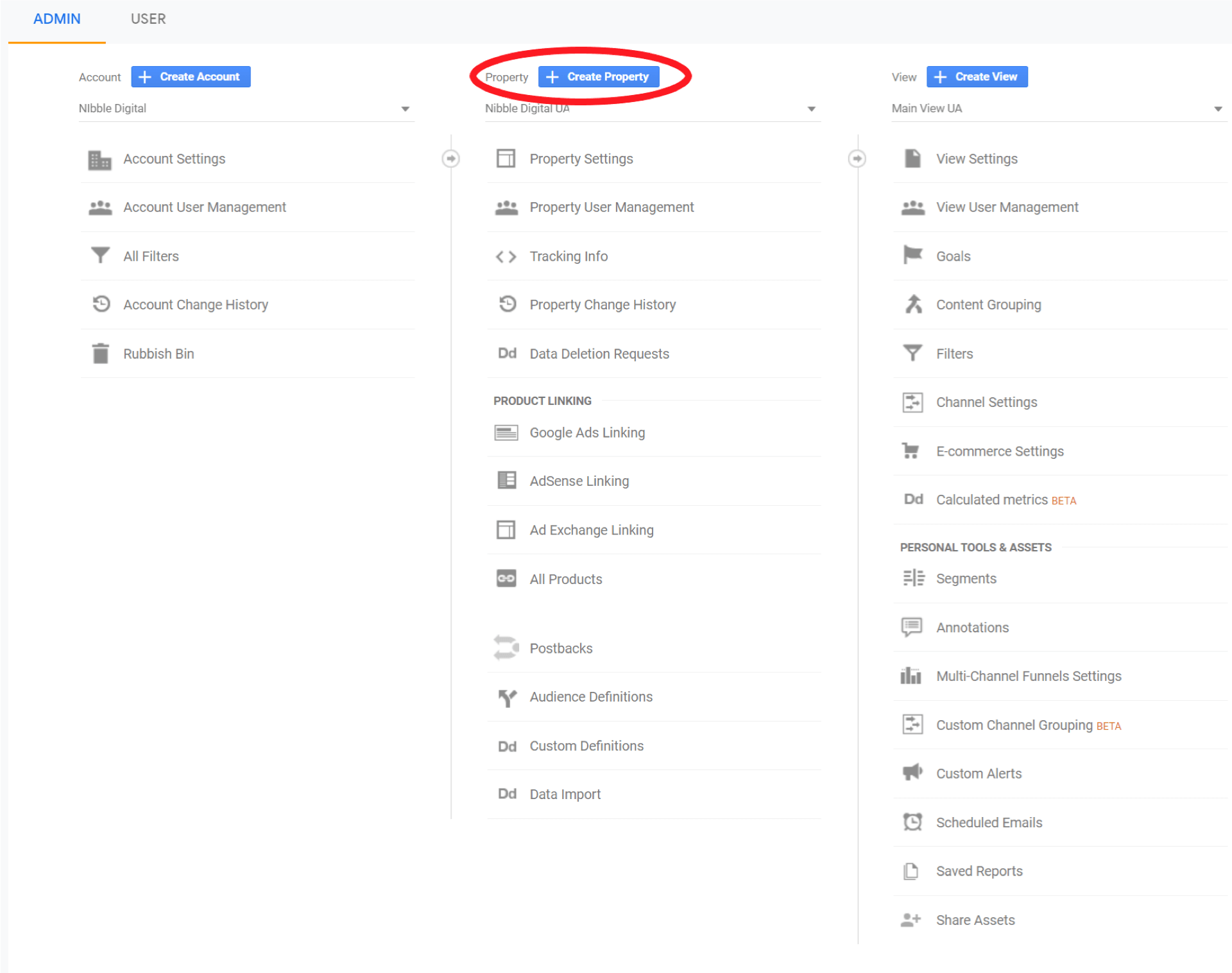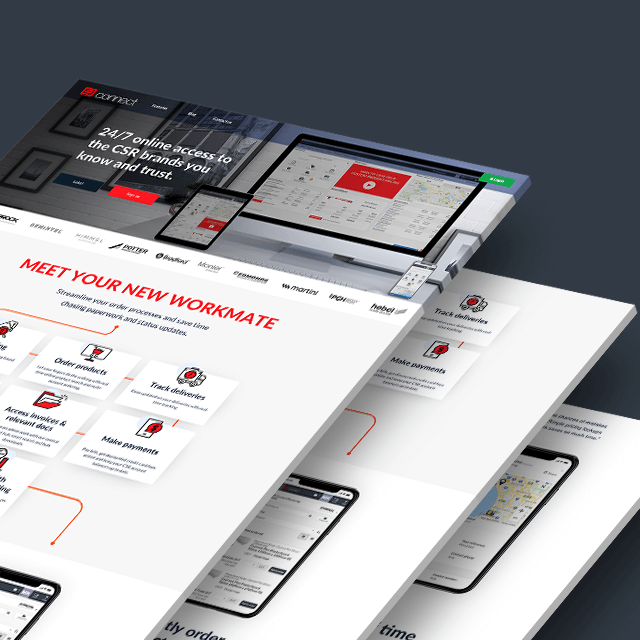Go to your existing Google Analytics account admin area then click Create Property, by default this will create a Google Analytics 4 property.

How do I get Google Analytics 4 live on my site
The best way to implement GA4 on your site is via Google Tag Manager. If you don’t already have a GTM account, here’s how to create one and install it on your site. Once that’s been done, click Tags > New Tag > Tag Configuration and select Google Analytics GA4 Configuration, then add your measurement ID from your new Google Analytics 4 property. You’ll find this in the admin section of GA4 underneath property settings. Select all page views as the trigger.

How can I get my existing Universal Analytics data into a Google Analytics 4 property
Setting up Google Analytics 4 means creating a whole new property, and there’s no option to import data, so the ability to move data from Universal Analytics into Google Analytics 4 is not yet possible. The best solution here is to run your new property simultaneously with your existing analytics set-up until there’s enough data in the new account to perform historical analysis.
How do I create multiple views in Google Analytics 4
There’s no option to create new views (yet), and Google even discourages setting up multiple accounts and properties for small businesses in its documentation.
How do I filter internal traffic in Google Analytics 4?
As Google Analytics 4 does not offer multiple views per property, you’ll notice there’s no obvious option to create a filter.
At the time of writing, Google’s documentation is ahead of its release schedule, so the instructions for creating filters aren’t really helpful (yet). Eventually you’ll be able to filter individual data streams using additional settings, but until these appear you can use Google Tag Manager to get the job done.
To filter traffic from your staging site, create a new trigger in Google Tag Manager with the following settings, customised to your staging sites hostname.

Then replace the all page views trigger on your GA4 Configuration tag.

To filter based on IP addresses, you’ll first need to create a new variable in Google Tag Manager that captures the IP of your site visitors, create a trigger based on the addresses you want to filter out, then add this as an exception to your sites GA4 configuration tag. Mixed Analytics have written a great recipe for how to do this here.
How do I create goals in Google Analytics 4
The latest version of Google Analytics has moved page views into an event type, and completely done away with goals, instead categorising user actions into events and conversions.
Google analytics 4 now tracks some user interactions straight out of the box. Enable enhanced measurement by clicking Admin > Data Streams > Enhanced measurement to track the following events:
- Scrolls
- Outbound clicks
- Site search
- Video engagement
- File downloads
By default Google Analytics 4 counts the following events as conversions
- First open
- In-app purchase
- App store subscription convert
- App store subscription renew
- Purchase
You can easily count an event as a conversion by navigating to the All Events report then click mark as conversion. You can do this for up to 30 events.

How do I add custom dimensions and metrics to Google analytics 4

Once this has been done, go to your GA4 property > All Events > Manage Custom Dimensions

Add the names of the variables you added to your GA4 Configuration tag, selecting either metrics or dimensions

You can test if this is working using DebugView. Firstly install the Google Analytics Debugger on your browser. Then go to DebugView, click on an event from the top events list on the right to see if your custom dimensions are persisting.

There’s still some bugs with Google’s latest offering, but there’s plenty to be excited about as well. Even if the platform can’t yet be customised fully to your analytics requirements, starting off with what’s available and running this in parallel with your UA set-up will make the transition much easier further down the line.








